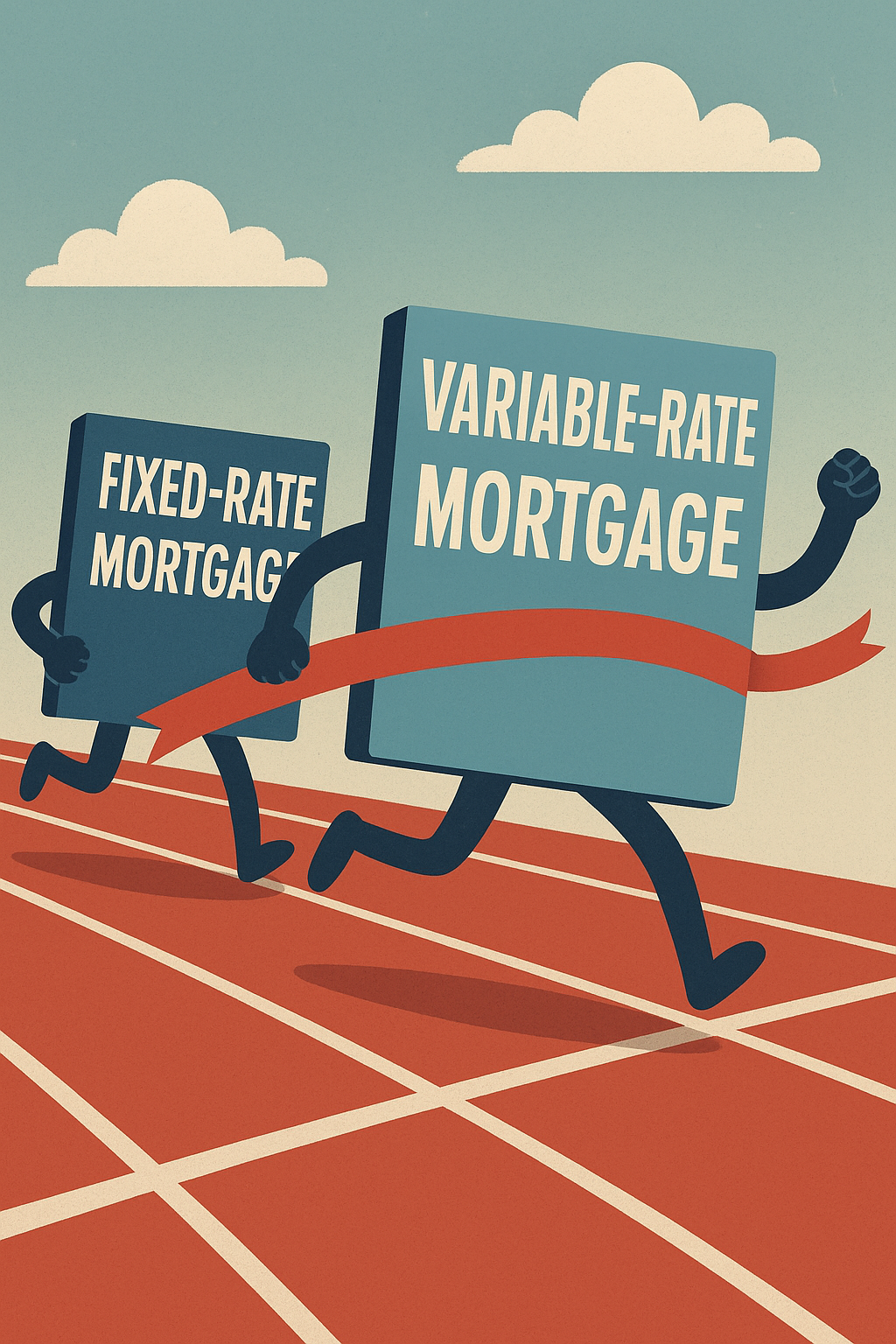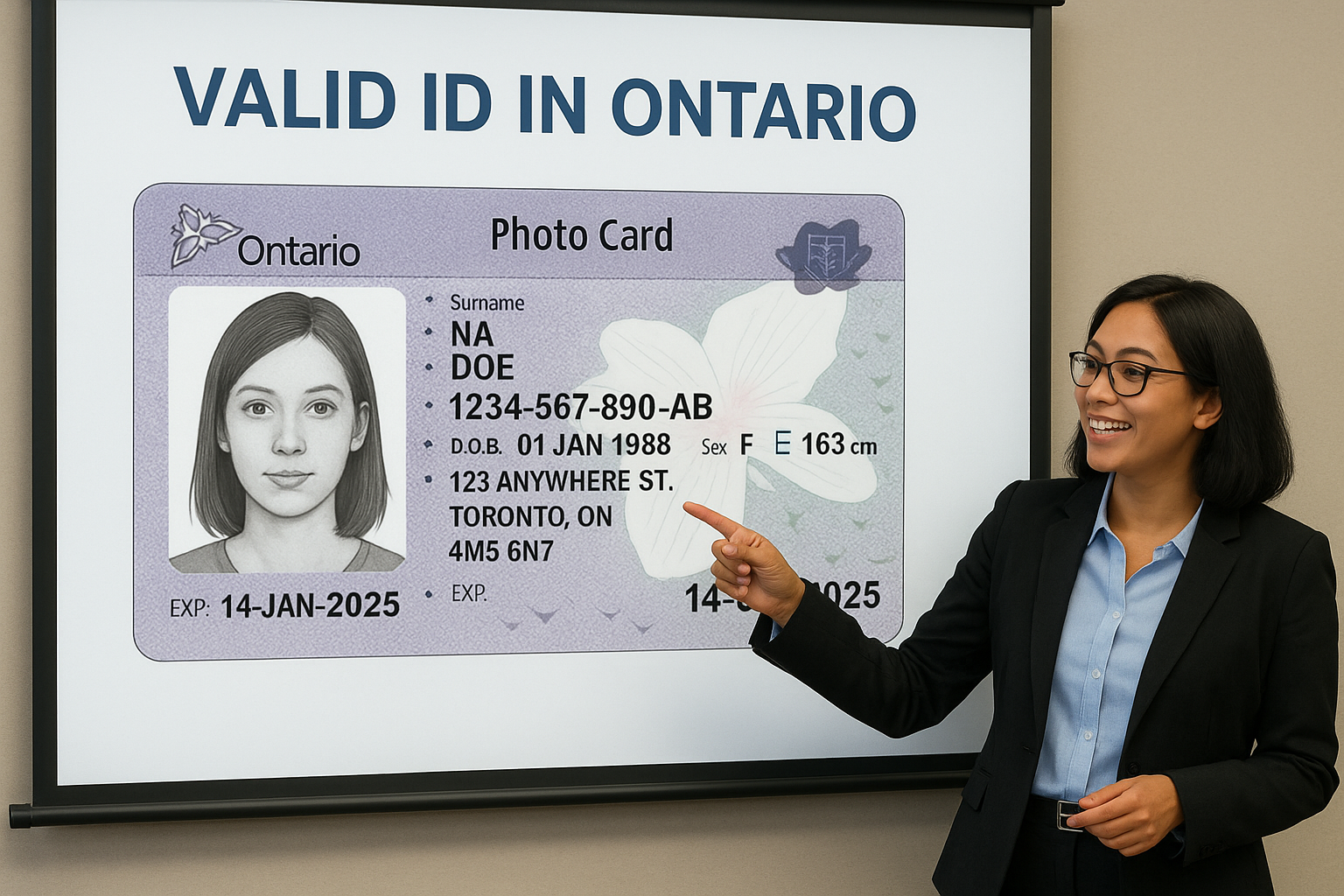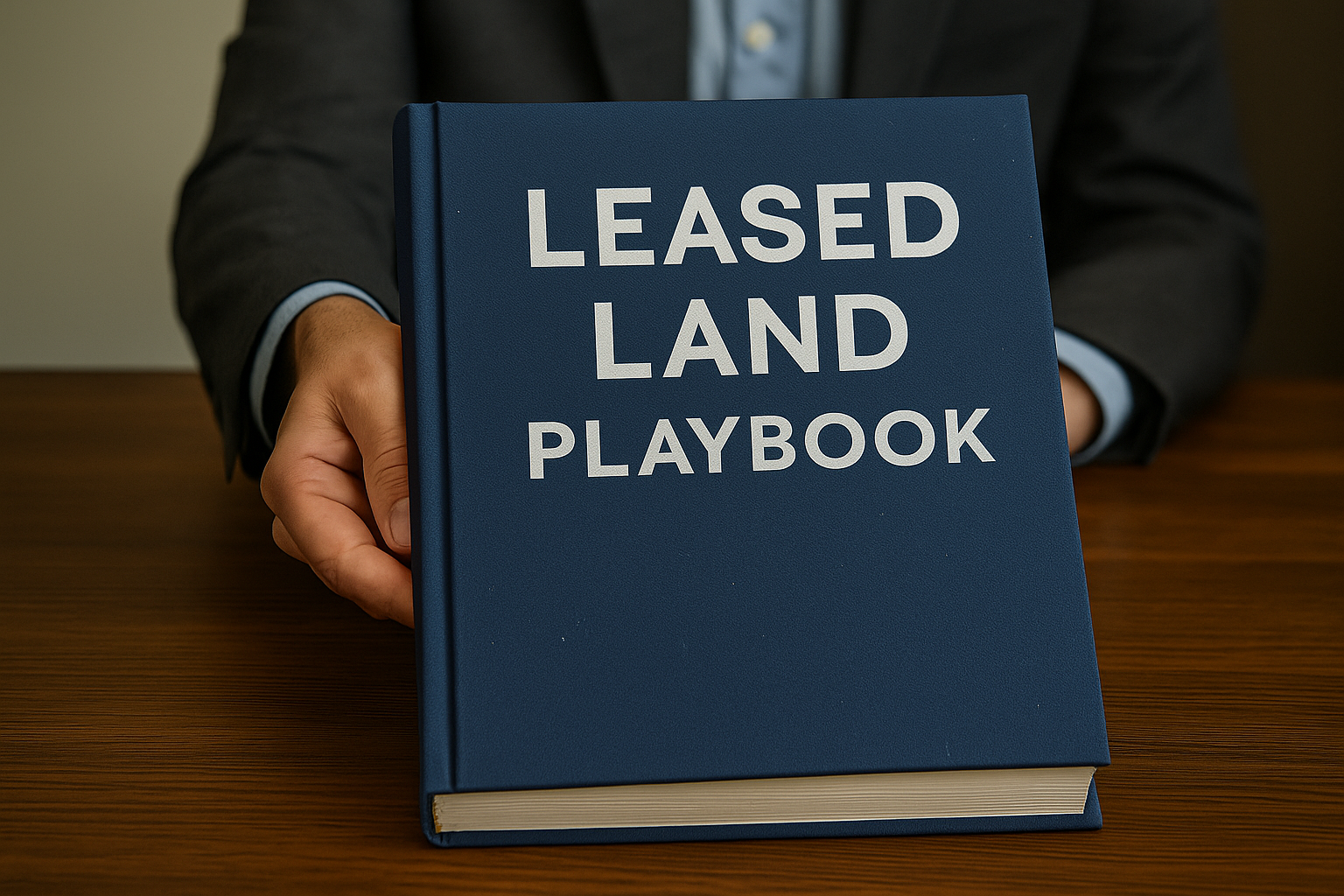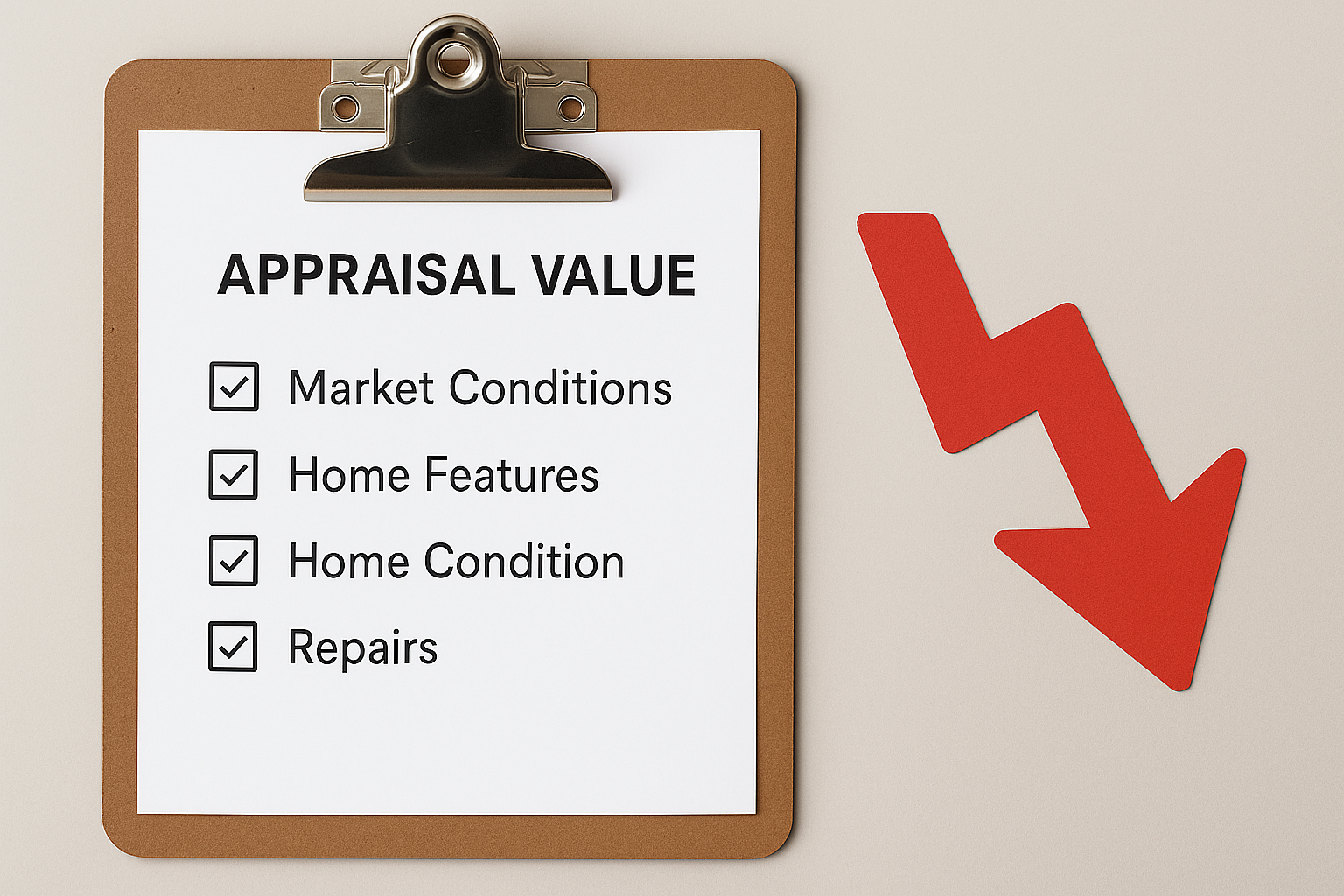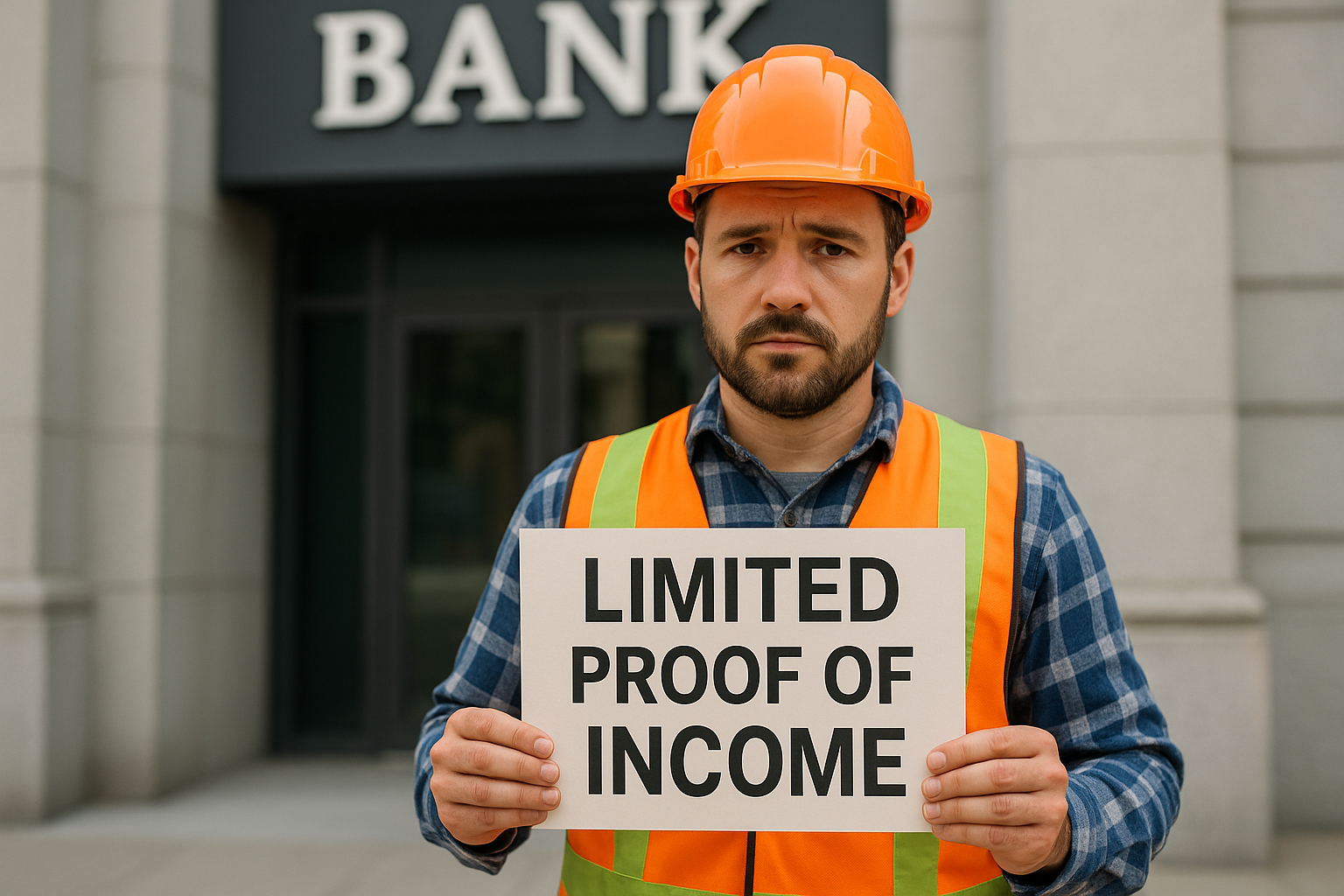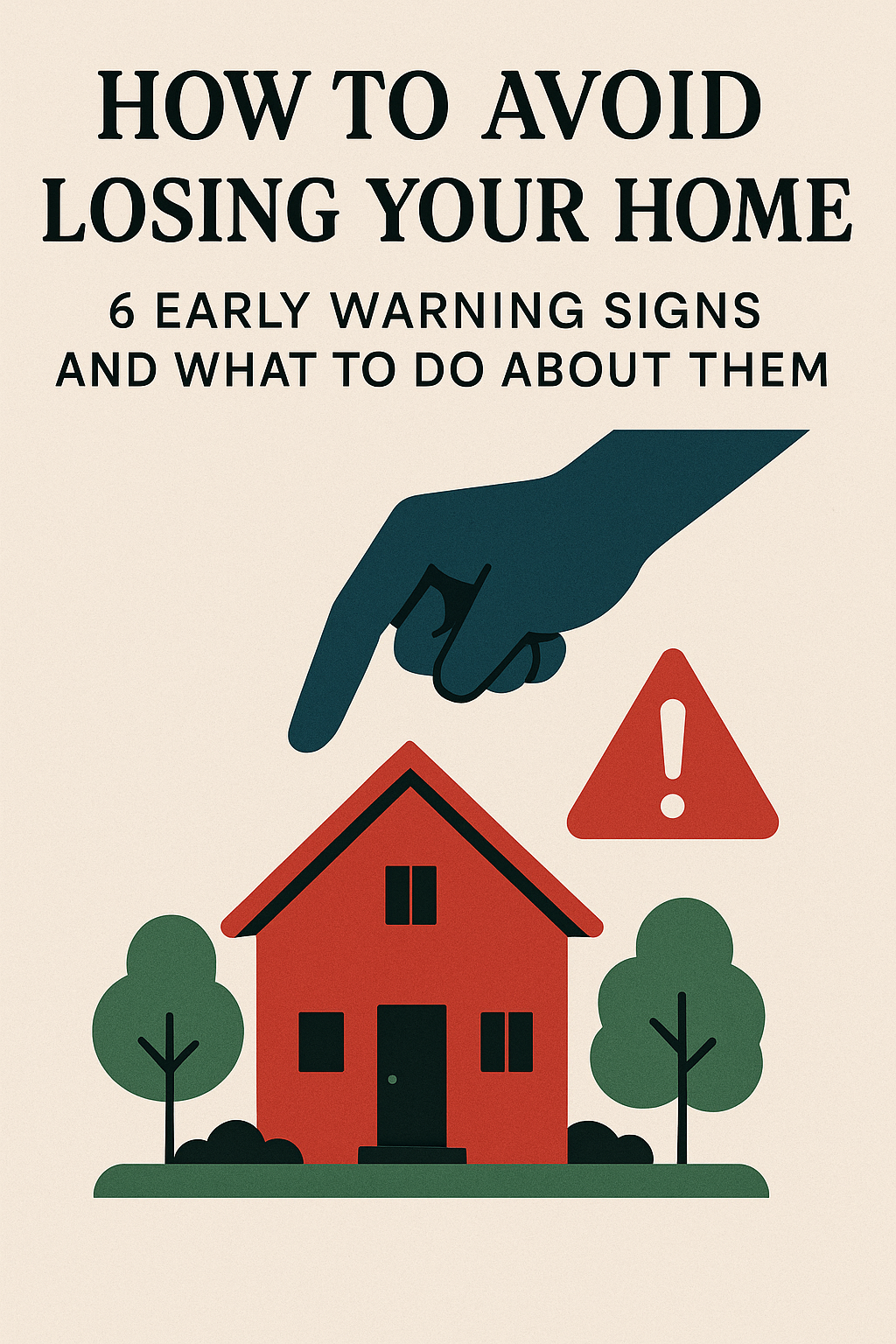Table of Contents
ToggleThe Speedy Comeback of Variable-Rate Mortgages: Why More Canadians Are Reconsidering Their Options in 2025
As we move deeper into 2025, uncertainty in the global economy and the bond market is beginning to reshape how Canadian homeowners and buyers approach their mortgage decisions. After years of favouring fixed-rate mortgages, a growing number of Canadians are taking a second look at variable-rate options—and for good reason.
With fixed mortgage rates continuing to climb due to volatility in bond yields and central banks signaling cautious optimism through interest rate cuts, variable-rate mortgages (VRMs) are gaining renewed attention as a flexible, cost-saving alternative.
This blog explores:
-
What’s driving fixed mortgage rates higher
-
Why variable-rate mortgages are resurging
-
Benefits and risks of variable mortgages
-
How to decide which mortgage type is right for you
Understanding the Bond Market and Fixed Mortgage Rates
Fixed mortgage rates in Canada are largely influenced by the performance of government bonds, particularly the 5-year bond yield. When bond yields rise, lenders raise fixed mortgage rates to maintain margins. This is because fixed-rate mortgages are often funded through longer-term borrowing, making them sensitive to fluctuations in long-term bond yields.
In early 2025, Canadian bond yields have risen in response to global economic instability, inflation concerns, and market reactions to geopolitical events. While some had hoped interest rates would come down quickly, inflation has proven more stubborn, and bond markets are responding accordingly.
This means borrowers looking for long-term predictability in their mortgage payments are facing significantly higher fixed rates than just a few years ago, often nearing or exceeding 6%.
Why Variable-Rate Mortgages Are Making a Comeback
Unlike fixed rates, variable-rate mortgages are tied to the Bank of Canada’s overnight lending rate. When the central bank cuts rates, the cost of variable mortgages goes down—and vice versa. The Bank of Canada has already made a key rate, bringing its policy rate to 2.75%. More cuts may be on the horizon if inflation continues to ease and economic growth slows.
This shift in monetary policy has made variable mortgages more appealing for several reasons:
1. Lower Initial Rates
Variable mortgages typically start with lower interest rates than their fixed-rate counterparts. This means lower monthly payments at the outset, providing immediate relief to budget-conscious homeowners, especially those renewing mortgages that were originally taken out at much lower rates.
2. Potential for Further Rate Reductions
If the Bank of Canada continues its rate-cutting cycle through 2025 and into 2026, borrowers with variable-rate mortgages could see their interest costs drop even further. For homeowners who can tolerate some rate movement, this could result in substantial savings over the term of the loan.
3. Greater Flexibility
Variable mortgages in Canada often come with more flexible terms, including lower penalties for breaking the mortgage early or refinancing. This is particularly important for borrowers who may want to switch to a fixed rate later, or plan to sell their home before the end of their term.
Real Canadian Scenarios Driving the Shift
Let’s look at a few scenarios that are encouraging homeowners to revisit variable-rate options:
-
Renewals in 2025: Thousands of Canadians are facing mortgage renewals this year. Many of them locked in at rates between 1.5% and 2.5% during the pandemic. Now, their renewal offers are coming in at 5.5% or higher. Rather than locking into a high fixed rate, some choose variable rates in the 5% range, hoping for future rate cuts.
-
First-Time Buyers: Buyers entering the market today are already stretched thin due to high home prices and stricter lending rules. Opting for a variable-rate mortgage with lower upfront payments allows them to qualify more easily and manage their monthly cash flow more effectively.
-
Debt Consolidation: Homeowners looking to refinance and consolidate high-interest debts may find it easier to do so through a variable-rate mortgage, especially when budget flexibility is critical.
But What Are the Risks of Variable Mortgages?
While there are clear benefits, variable-rate mortgages aren’t a one-size-fits-all solution. Here are the risks you need to consider:
1. Payment Uncertainty
The biggest downside is rate fluctuation. If the Bank of Canada reverses course and begins raising rates again, your payments could increase. This unpredictability can make it harder to plan monthly expenses, especially for those on fixed incomes.
2. Trigger Rates on Adjustable Mortgages
If you have an adjustable-rate mortgage, your payments will change with every rate adjustment. For variable mortgages with fixed payments, there’s a “trigger rate”—the point at which your entire payment goes toward interest, and you’re no longer paying down the principal. If rates go too high, your lender may increase your payments or require a lump sum payment.
3. Emotional Impact
For some, the psychological comfort of knowing their payment will never change is worth paying a premium. The uncertainty of variable rates can lead to stress, especially in volatile economic times.
What Should Canadian Borrowers Consider in 2025?
Before jumping into a variable-rate mortgage, it’s crucial to assess your personal financial situation and tolerance for risk. Here are a few questions to ask yourself:
-
Can you handle a potential increase in payments if rates rise?
-
Do you have an emergency fund or financial cushion?
-
Are you planning to stay in your home for the full term of the mortgage?
-
Would you consider switching to a fixed rate in the future if rates drop?
If you’re unsure, talk to a mortgage broker. They can compare rates from multiple lenders and help you understand how different scenarios may impact your monthly payments over time.
Hybrid Mortgages: A Middle-Ground Solution
Some lenders now offer hybrid mortgages that combine both fixed and variable components. For example, half your mortgage might be at a fixed rate, and the other half variable. This structure provides some stability while still allowing you to benefit if rates go down.
Hybrid options are gaining popularity among cautious borrowers who want some protection against rate spikes but don’t want to miss out on potential savings.
Conclusion: Stay Informed and Stay Flexible
The resurgence of variable-rate mortgages in 2025 highlights how Canadian borrowers are adapting to an evolving financial environment. With fixed rates rising alongside bond yields and economic unpredictability, variable-rate products are once again becoming a practical choice for homeowners who prioritize flexibility and potential savings.
That said, a variable-rate mortgage isn’t right for everyone. It requires thoughtful planning, risk tolerance, and awareness of market trends. For those who are prepared—and have the guidance of a trusted mortgage professional—it could be the right financial move in today’s uncertain market.
Thinking about switching to a variable mortgage?
Speak with a licensed mortgage broker today to explore your options and find out if a variable-rate mortgage aligns with your financial goals.
